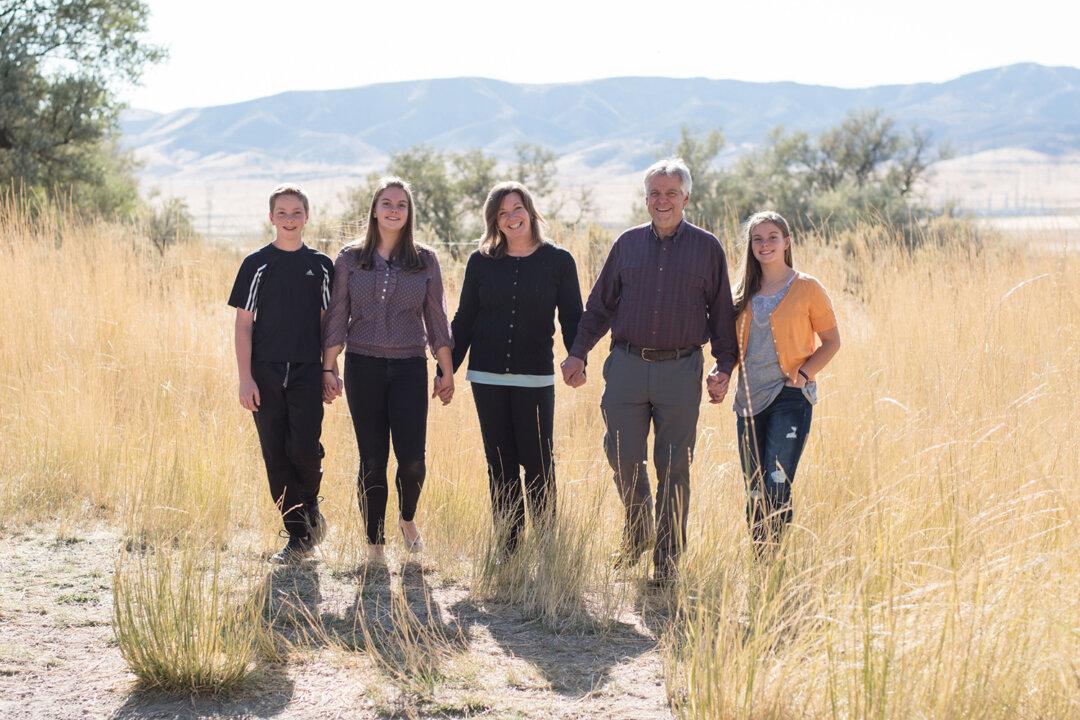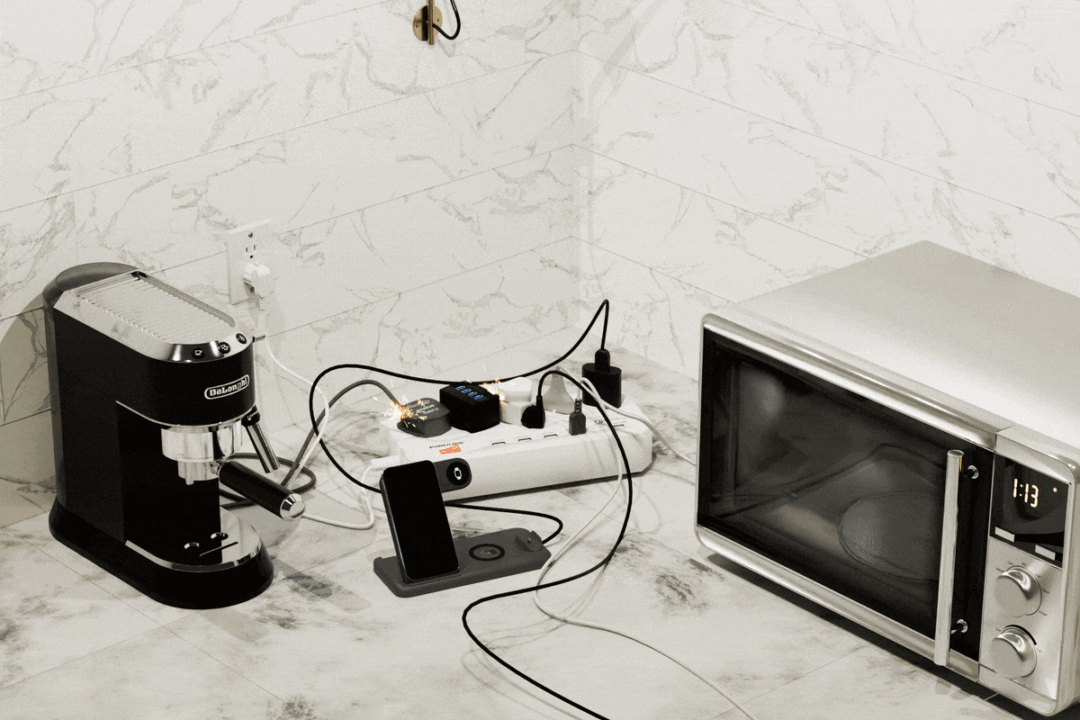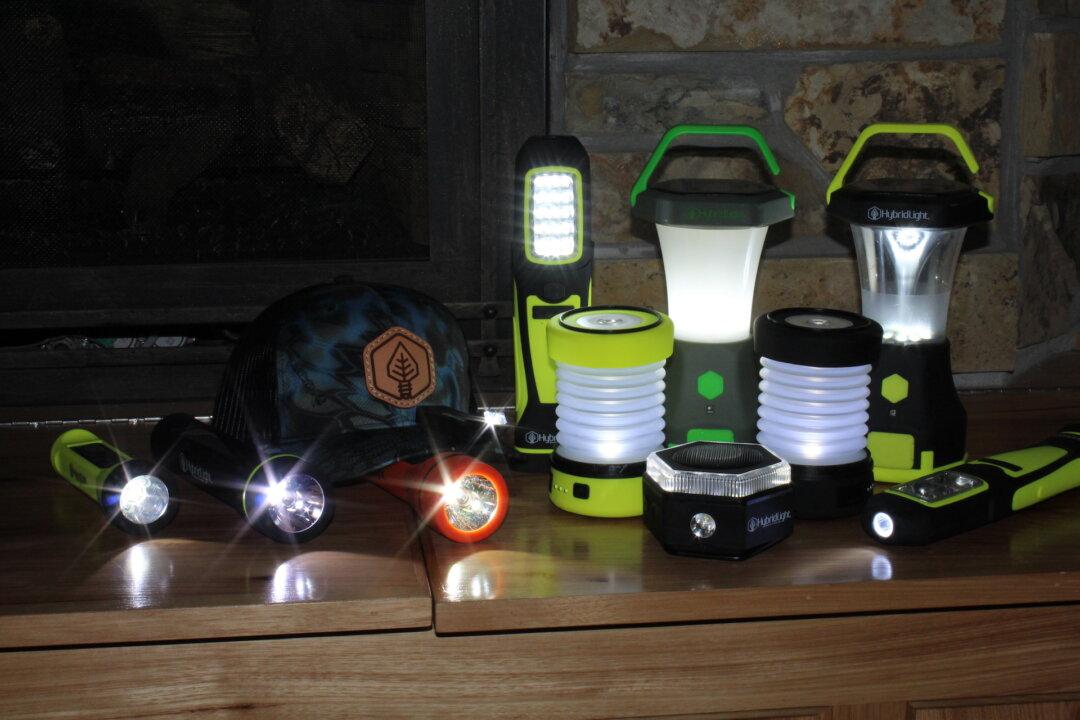Is a drone a tool used by the film industry and the military for specialized tasks or is it a toy similar to a radio-controlled airplane? The short answer is “yes.”
Drones have revolutionized filmmaking by providing an easier, much less expensive way to film scenes from above without the need for a plane or helicopter. The military uses drones the size of small aircraft to monitor far-away areas and sometimes to launch an attack without having to send a pilot into harm’s way. Search-and-rescue organizations use drones equipped with infrared cameras to find lost hikers. These devices are also popular with regular folks, but the most common questions asked are, “Why would I get one?” and “What can I do with it?” As it turns out, there are many answers to these questions.






